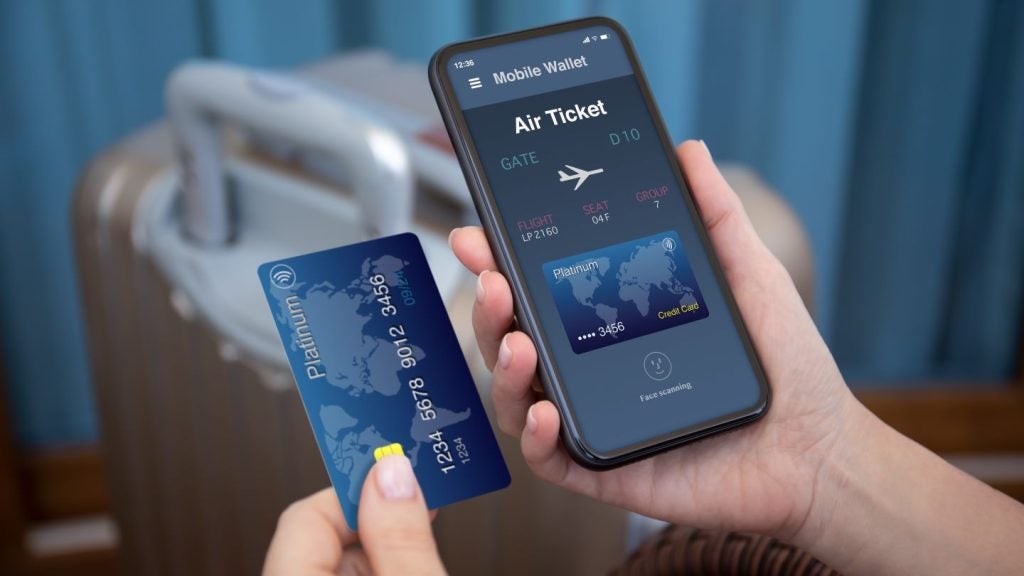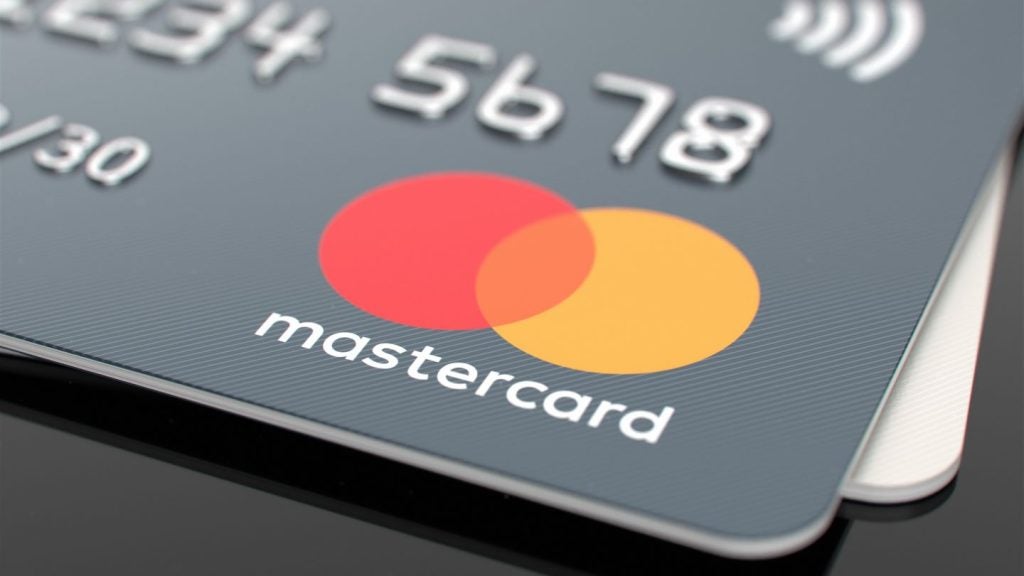
The future of mobile payments relies heavily on the adoption of innovative technology.
Mobile banking has expanded way beyond just apps on smartphones. Now, consumers have an array of choices including wearables, IoT devices, blockchain and smart tech like Amazon Echo
How well do you really know your competitors?
Access the most comprehensive Company Profiles on the market, powered by GlobalData. Save hours of research. Gain competitive edge.

Thank you!
Your download email will arrive shortly
Not ready to buy yet? Download a free sample
We are confident about the unique quality of our Company Profiles. However, we want you to make the most beneficial decision for your business, so we offer a free sample that you can download by submitting the below form
By GlobalDataThese have all had an immense impact on the mobile payments industry. While these technologies and products are driving adoption rates of mobile payments, banks and financial institutions now face an uphill battle to continue delivering innovative solutions.
With this interoperability of technology, there are a variety of ways that mobile payments can support customers in the future.
Here are some of the technologies that will transform the future of mobile payments.
Biometrics to pay
Banks and organisations are already beginning to make use of biometric technology like fingerprint scanning, facial recognition and voice payments.
The technology is incredibly secure and offers consumers and merchants a more efficient way to pay. While it’s growing, there is still a long way to go for it to become a global trend.
Using fingerprints to pay is extremely popular among consumers but more interestingly, many businesses are investing in voice recognition.
A new functionality was added to Google Assistant that allowed consumers to send money via Google Play using their voice.
This is also available with Amazon. Amazon Pay for Alexa Skills enables Alexa users to pay seamlessly using payment information already in their Amazon account. Users don’t need to leave the voice experience to enter payment information like credit card details or a shipping address before using Alexa Skills to pay for a purchase.
Furthermore, in the banking world, Barclays was the first UK High Street bank to launch payments using Apple’s virtual assistant Siri. User can access this service via the Barclays Mobile Banking app.
Blockchain
Blockchain is only at the cusp of its potential. The technology has use cases that spread across several industries.
With mobile payments, one of the biggest concerns is maintaining security. Blockchain’s main function is its hyper-security solutions. The technology requires multi-signatures verification which helps prevent scams and fraud.
In addition, blockchain increases security by converting card details into tokens which makes it almost impossible to copy.
Furthermore, it also cuts out the middle man and enables payments to process at a much faster rate. This also benefits retailers as transaction costs also lower and banks can power payments on a far more seamless and accessible platform.
What APIs mean for the future of mobile payments
APIs aren’t new to the financial industry. However, regulatory mandates like PSD2 and Open Banking are essentially a Pandora’s Box set to explode with innovation surrounding the benefits of open APIs.
Open Banking has been slow to take off in its first year, however 2019 promises a bigger drive in embracing the opportunities. The aim of Open Banking is to accelerate transparency and competition.
The industry will achieve this by using APIs that open up third parties to deliver products and services that consumers may not have realised are available to them.
Many banks remain product-led in their thinking and are naturally reserved when it comes to partnership and sharing data. However, with challenger banks invading Europe’s banking industry, it is now essential and beneficial for banks to open up their platforms.
Open APIs are gaining traction rapidly and those who embrace it will be able to completely revolutionise their mobile payments offering.
In the UK, fintech, Bud built a platform for banks to build products on that use other organisations services. It was quickly snapped up in a partnership with first direct. The partnership meant that through the first direct mobile banking app, customers could view other company’s services. These services are more tailored for their individual financial needs.
API’s allow banks to test and develop new ideas and introduce new partnerships that are mutually beneficial to the future of mobile payments.








